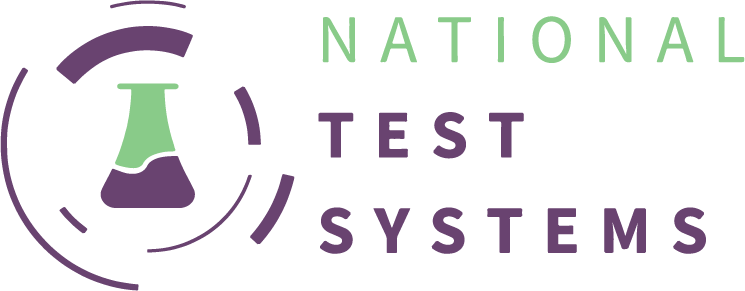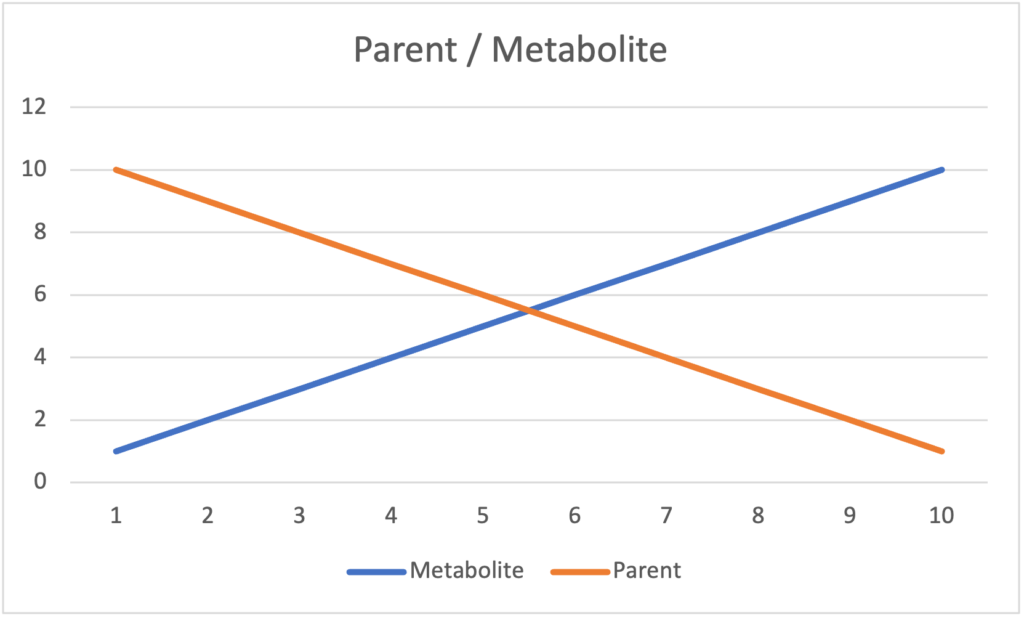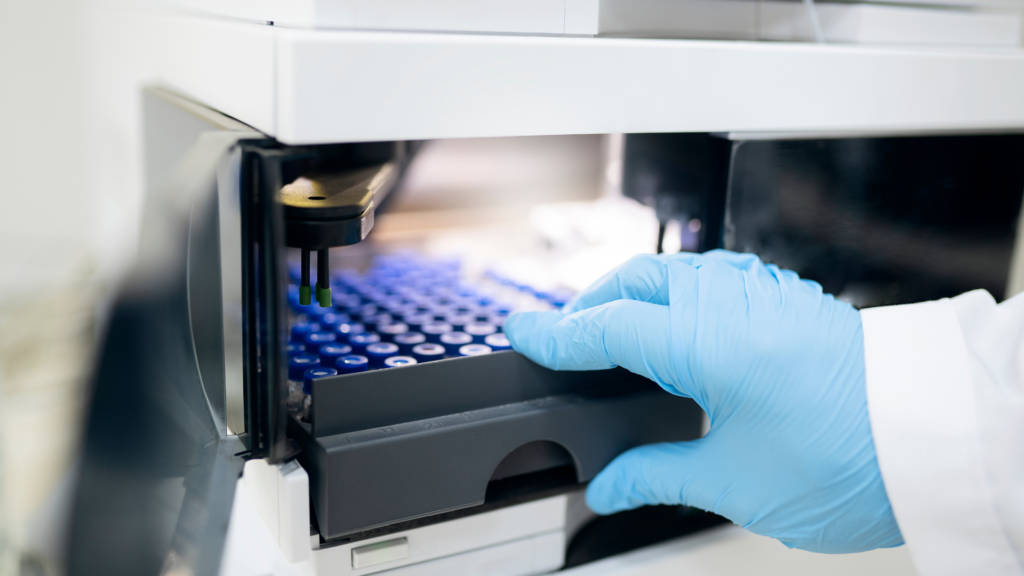While instant urine tests for drugs of abuse have improved tremendously over the years, the simple fact that it is still just a method of screening tells us that there are some limitations in the amount of information that they provide. Here we will discuss some of the obvious (and less obvious) reasons why laboratory confirmations should be considered a crucial part of your testing program.
First and foremost, it is part of the manufacturers’ instructions for use; usually worded to the effect of “This assay provides only a preliminary analytical test result. A more specific alternate methodology must be used in order to obtain a confirmed analytical result. Gas chromatography/mass spectrometry (GC/MS) and liquid chromatography/mass spectrometry (LC/MS) are the preferred confirmatory methods”. If I provided no additional reasons beyond this, that it is listed as a “must” in the instructions is a pretty compelling argument.
Let’s discuss some of the reasons that test manufacturers (and the FDA, whose guidance compels these instructions) find this so important…
Firstly, it is no secret that drugs screens – whether an instant device, or a “desktop analyzer” type device – are not 100% accurate. While most panels on our instant tests are greater than 99% accurate, it is this remaining 1% that needs to be accounted for. A good example of this is known cross-reacting substances; using the Fentanyl panel as our example, we know that the medication Buspirone (Buspar) can cause a false positive on the Fentanyl panel. The only way to be sure that the positive result is due solely to the Buspirone would be to have the specimen confirmed via laboratory. There are no cross-reactions on a laboratory confirmation.
Another reason lab confirmations are crucial is the fact that most of the panels on an instant test react with many substances within that drug class. An example I like to use for this instance would be the Benzodiazepine (BZO) panel. Let’s say you have an individual who is prescribed Alprazolam (Xanax), but maybe you have suspicions of other Benzos being used. You would expect to see a positive BZO due to the Xanax, but only a lab confirmation could determine if the positive was from the prescribed BZO, or a different BZO that may have been taken illicitly.
Levels in urine tests don’t provide much (if any) useful information, with one exception: checking for THC level over time. Of course, all instant screens are qualitative (positive or negative) and cannot provide a quantitative result (level). In this instance, with the lab confirmation providing the quantitative result, you are able to check for THC level over time to monitor continued abstinence.
Lastly, I’m sure you have encountered outright denial of use, at least on a couple of occasions; something to the effect of “that can’t be right”, or “your tests are broken”, where they are hoping by some miracle the lab result will confirm their story. Of course, some will admit use after the results of the instant test, reducing the importance of confirming. The other side of the coin here is someone admitting use where nothing shows on the instant. In these instances, the lab will confirm at a lower cut-off level, and will typically show that the concentration of substance was just not high enough to react on the instant.
In summary, while the use of instant tests is a hugely beneficial tool, it can’t always tell the whole story. They do reduce the lost time and cost of having to send every specimen out, but do not completely preclude the need for laboratory testing.



